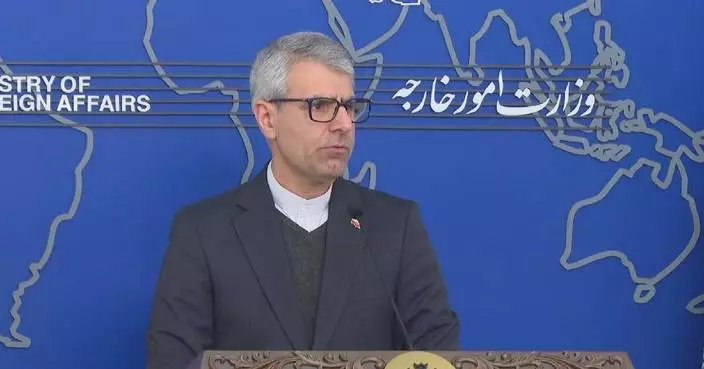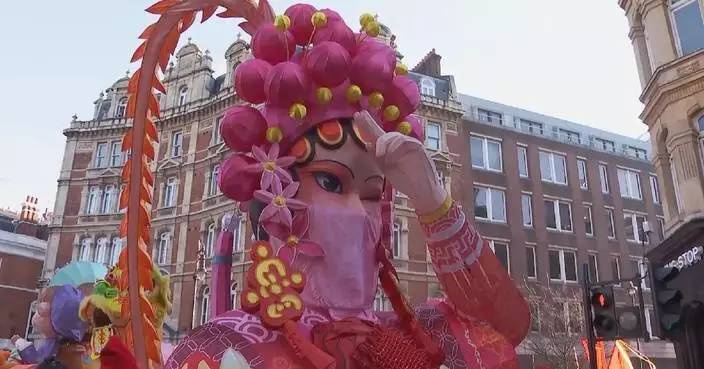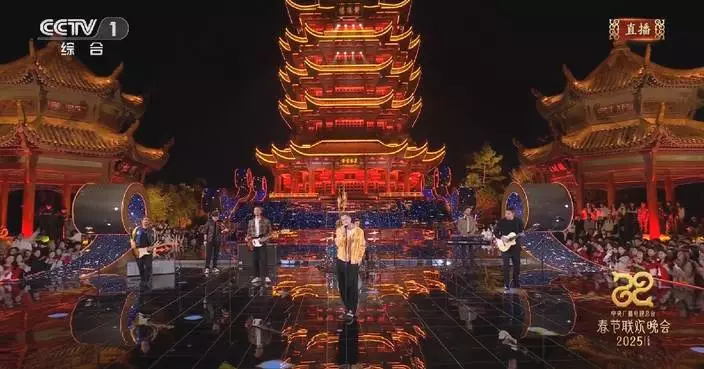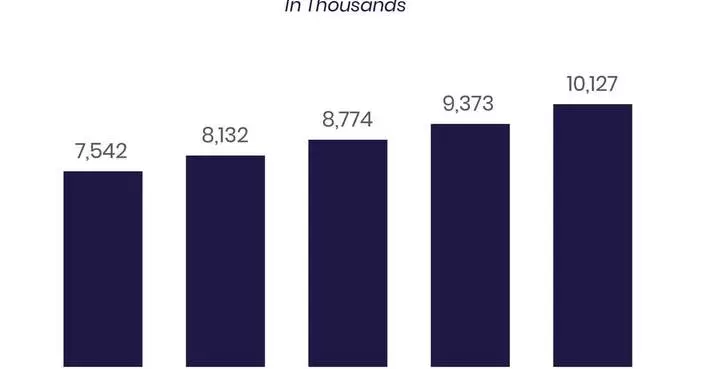Namibian President Nangolo Mbumba has lauded the transformative impact of Chinese investment on Namibia's economy, particularly in the uranium mining sector.
The mining industry plays a crucial role in Namibia's economy, contributing approximately 14.4 percent to the nation's gross domestic product (GDP) in 2023.
The uranium mining project stands as China's largest single industrial investment in Africa and exemplifies successful cooperation between China and Namibia. The project has positioned Namibia as a leading global uranium producer, as President Mbumba noted in an interview with China Media Group (CMG) aired on Friday.
"A project like that in the first place in a country which needs employment, in a country which needs technology, in a country which you needs development, it's very, very important to have champions in every respect. You have to have champions, champions in terms of industry, champions in terms of mining. And to be recognized that we are the second or third largest producer of uranium in the world, and to have a company which is strong and the company that is also connected to a major nation is very beneficial to us. And they did not stop there, they also extend to the old Rossing Uranium Mine. So it is become now an industry known and identified by Namibians and for Namibia as a country," said Mbumba.
The Rossing Uranium Mine has been operational for 48 years and is the largest and longest-operational open-pit uranium mine in the world. In 2019, Anglo-Australian mining giant Rio Tinto officially handed over Rossing to its new majority shareholder, the China National Nuclear Corporation (CNNC).
According to Mbumba, the China-Namibia uranium mining project has contributed about 6 percent to 7 percent of Namibia's GDP, created around 8,000 high-paying jobs, and brought in nearly 1 billion Namibian dollars (about 57 million U.S. dollars) in tax revenue.
"And remember, for 3 million people, that's quite a [lot of] money in the bank. Not in the pocket, but in the bank," Mbumba said.

Chinese investment fuels Namibia’s uranium boom, drives economic growth: Namibian president















































